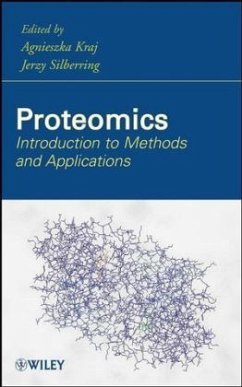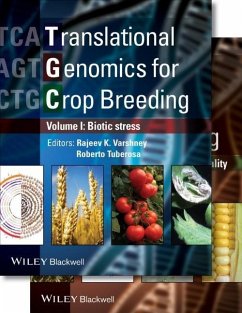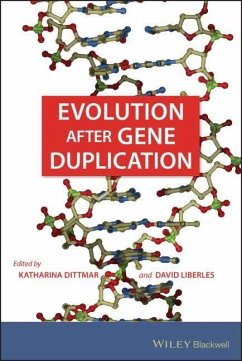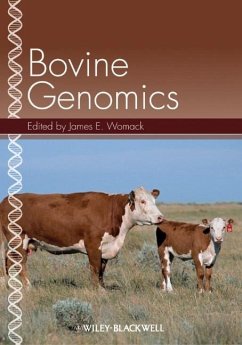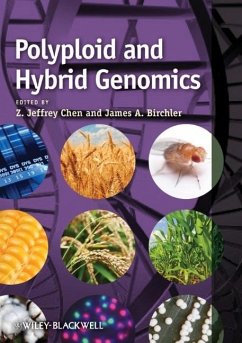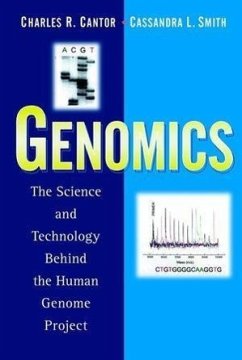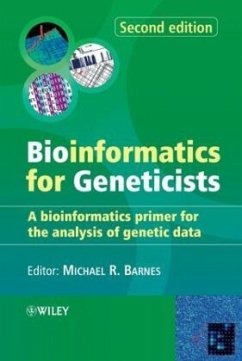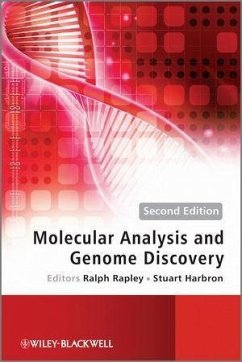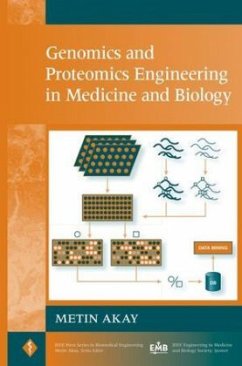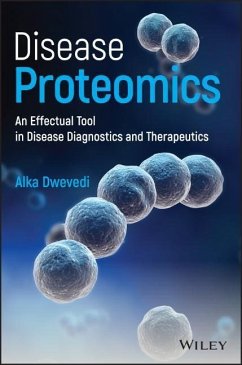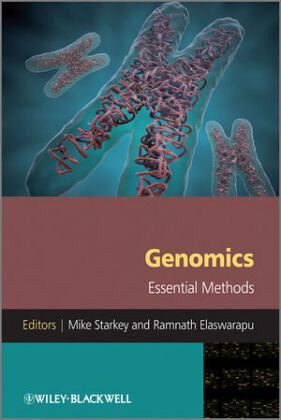
Genomics
Essential Methods
Ed. by Mike Starkey and Ramnath Elaswarapu

PAYBACK Punkte
51 °P sammeln!
Genomics research has made significant advances in recent years. In this book, a team of internationally-renowned researchers share the most up-to-date information in a field that has in recent years switched emphasis from gene identification to functional genomics and the characterization of genes and gene products. This volume approaches this complex subject with a broad perspective to supply the reader with a vital overview of genomics and its derivative fields, with a focus on pivotal issues such as data analysis. Expansive and current, this book is a comprehensive research guide that desc...
Genomics research has made significant advances in recent years. In this book, a team of internationally-renowned researchers share the most up-to-date information in a field that has in recent years switched emphasis from gene identification to functional genomics and the characterization of genes and gene products. This volume approaches this complex subject with a broad perspective to supply the reader with a vital overview of genomics and its derivative fields, with a focus on pivotal issues such as data analysis. Expansive and current, this book is a comprehensive research guide that describes both the key new techniques and more established methods. Every chapter discusses the merits and limitations of the various approaches and then provides selected tried-and-tested protocols, as well as a plethora of good practical advice for immediate use at the bench.
Key features:
Provides a broad introduction to current practices and techniques for lab-based research in genomics
Explains clearly and precisely how to carry out selected techniques in addition to background information on the various approaches
Chapters are written by a leading international authorities in the field and cover both well-known and new, tried and tested, methods for working in genomics
Includes troubleshooting guide and reviews of alternative techniques
An essential laboratory manual for students and researchers at all levels
Key features:
Provides a broad introduction to current practices and techniques for lab-based research in genomics
Explains clearly and precisely how to carry out selected techniques in addition to background information on the various approaches
Chapters are written by a leading international authorities in the field and cover both well-known and new, tried and tested, methods for working in genomics
Includes troubleshooting guide and reviews of alternative techniques
An essential laboratory manual for students and researchers at all levels




